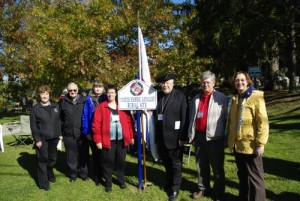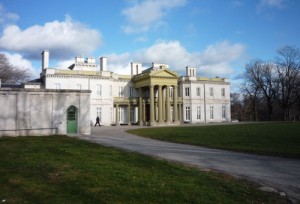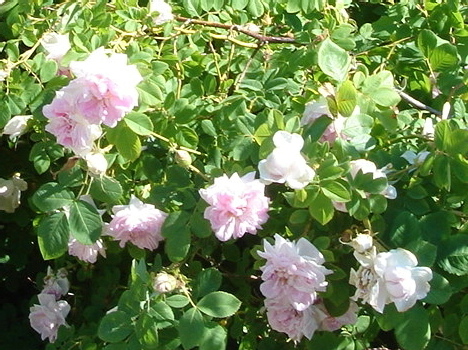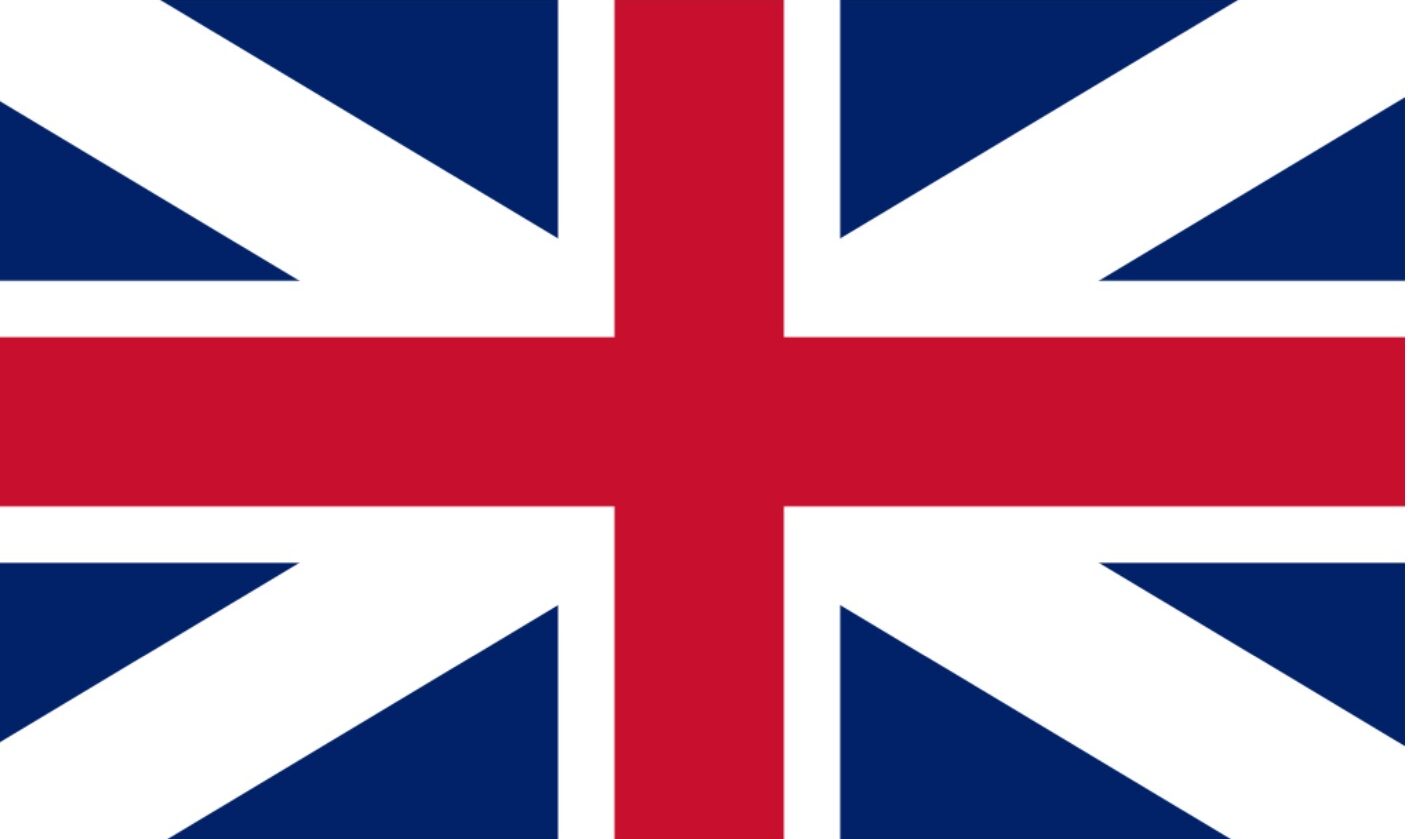
Loyalist Cemetery Plaquing Project
The Hamilton Branch Cemetery Plaquing Committee meets regularly to research and select cemeteries where proven Loyalists are buried, and has placed several plaques already. The Cemetery plaque design was approved by our Hamilton Branch Executive and is constructed of routered laminated polymer that doesn’t fade and will stand up to any type of weather for many years.
Starting back in the spring of 2010, members of our committee have been working at placing plaques at Hamilton Cemetery, York Boulevard, Hamilton, Union Cemetery, Burlington and Bowman Cemetery, and Ancaster Township.
This Branch project will, as we plaque each cemetery containing Loyalist burials, let the public know of these hardworking United Empire Loyalists who, in many cases, the founders of the communities we live in today in Ontario.
If you know of a cemetery in the Hamilton Branch area where a United Empire Loyalist is buried please let us know. We will be plaquing all known Loyalist burial sites in the Hamilton Branch area over the next few years as time and money allows.

Dundurn Castle Grounds Restoration
Dundurn Castle, the home of Sir Allan McNab, originally the second home of Richard Beasley. This beautiful building has been restored and under the leadership of one of the past Presidents of the Branch, Lillian Lomas, it was recommended that the Branch restore the grounds around the Cockpit in 1996 by means of a donation made by the Hamilton Branch.

The Loyalist Rose
The Hamilton Branch is responsible for the ongoing cultivation of the Loyalist Rose at the Royal Botanical Gardens. This antique rose, identified as “Maiden’s Blush” of the Rosa Alba family, is illustrated in many Renaissance paintings, notably Botticelli’s “Birth of Venus”. It was taken to England from Damascus during the Crusades. In 1773, John Cameron of Clunes and Mary Cameron of Glen Nevis brought it with them when they emigrated to Sir William Johnson’s estates in the Mohawk Valley of Western New York. In 1776, John joined the King’s Royal Regiment of New York.
After the Revolution, the family took a root with them on the 230-mile trek over the Appalachians to the Cornwall area. It was a treasured possession, vital to their survival; from its flowers, stalks, leaves and hips, they could make medicines, tea and many delicacies. It grows today in the Ottawa Valley in the gardens of the descendants of John and Mary Cameron. Two hundred years later in 1976, Ethel MacLeod, a descendant, registered “The Loyalist Rose” with the International Registration Authority for Roses. She donated it to The United Empire Loyalists’ of Canada to mark the Bi-centennial for the American Revolution and the coming of the Loyalists to Canada. It is a double, very fragrant pale pink rose fading almost to white, bushy, densely branched blooming well in June.
You can read more about the Loyalist Rose on the UELAC website.
(Photo UELAC)
